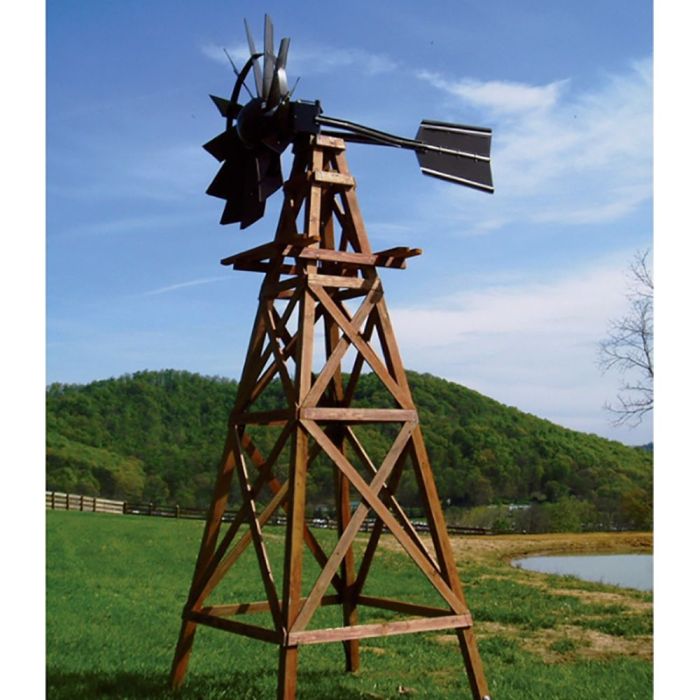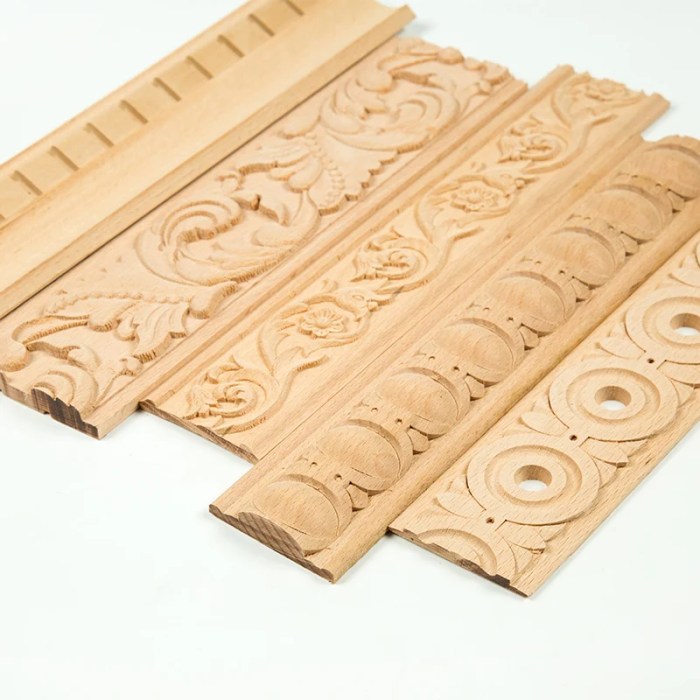Decorative wood transcends mere material; it’s a design element imbued with character and history. From the rich grains of mahogany to the subtle hues of cherry, wood’s natural beauty adds warmth and sophistication to any space. This guide delves into the diverse world of decorative wood, exploring its various types, applications, finishing techniques, sourcing considerations, and current trends. We’ll uncover the secrets to selecting, using, and caring for this timeless material, helping you transform your projects from ordinary to extraordinary.
Types of Decorative Wood

Decorative wood plays a crucial role in enhancing the aesthetic appeal of homes and commercial spaces. The choice of wood type significantly impacts the overall look and feel, influencing everything from color and grain to durability and cost. Understanding the properties and characteristics of various wood species is essential for making informed decisions in interior design and woodworking projects.
Properties of Common Decorative Woods
The selection of appropriate wood for decorative purposes depends heavily on its inherent properties. Hardness, grain pattern, and color are key factors influencing both the aesthetic appeal and the practical application of the wood. The following table provides a comparative overview of several popular choices.
| Wood Type | Hardness (Janka Hardness Scale) | Grain Pattern | Common Uses |
|---|---|---|---|
| Oak (Red & White) | 1360 (Red), 1350 (White) | Prominent, often open grain; straight or irregular | Flooring, furniture, cabinetry, paneling |
| Maple (Hard & Soft) | 1450 (Hard), 950 (Soft) | Fine, even texture; often straight grain | Flooring, furniture, cabinetry, musical instruments |
| Cherry | 995 | Straight, fine grain; sometimes with subtle figure | Furniture, cabinetry, veneers |
| Walnut (American Black) | 1010 | Straight or wavy grain; distinctive dark color | Furniture, veneers, gunstocks |
| Mahogany (Swietenia spp.) | 800-1200 (varies greatly by species) | Straight or interlocked grain; rich reddish-brown color | Fine furniture, cabinetry, boat building |
| Pine (various species) | 420-700 (varies greatly by species) | Straight grain; often with prominent knots | Paneling, trim, less expensive furniture |
Aesthetic Appeal of Different Wood Types
Each wood type possesses a unique visual character. Oak, for example, is known for its robust grain and warm tones, lending itself well to traditional styles. The fine, even grain of maple offers a clean, contemporary aesthetic, often favored for modern furniture designs. Cherry’s rich reddish-brown hue deepens with age, adding a sense of elegance and sophistication. Walnut’s dramatic grain and dark color create a striking visual impact, suitable for statement pieces.
Mahogany’s luxurious reddish-brown and often subtle figure contribute to its prestigious image. Pine, with its more rustic appearance and visible knots, adds a charming, natural feel to spaces.
Cost-Effectiveness of Decorative Woods
The cost of decorative wood varies considerably depending on factors such as species, availability, and grade. Generally, hardwoods like oak, maple, cherry, and walnut command higher prices due to their strength, durability, and aesthetic appeal. Softer woods such as pine are typically more affordable, making them a suitable choice for projects where budget is a primary concern. The cost can also fluctuate based on market conditions and regional availability.
For example, locally sourced pine might be significantly cheaper than imported mahogany. It is crucial to consider the long-term value and durability when evaluating the cost-effectiveness of different wood types; a more expensive hardwood might be a better investment in the long run due to its greater longevity.
Decorative Wood Applications

Decorative wood finds extensive use across various design disciplines, transforming both interior and exterior spaces, and serving as a versatile medium for crafting and woodworking projects. Its natural beauty, durability, and versatility contribute to its widespread appeal. The application of decorative wood is as diverse as the wood species themselves, ranging from intricate furniture pieces to large-scale architectural elements.
Interior Design Applications of Decorative Wood
The inherent warmth and aesthetic appeal of decorative wood make it a highly sought-after material in interior design. Its application enhances the ambiance and contributes to the overall design aesthetic of a space.
- Wall Paneling: Wood paneling adds texture, warmth, and visual interest to walls, creating a focal point or subtly enhancing the room’s character. Different wood types and finishes offer a wide range of stylistic options, from rustic to modern.
- Flooring: Hardwood flooring remains a classic choice for its durability, beauty, and ability to increase a home’s value. Various wood species, finishes, and installation patterns provide flexibility in design.
- Furniture: From intricate carvings on antique pieces to the sleek lines of modern designs, wood is fundamental to furniture making. The choice of wood species greatly influences the furniture’s aesthetic and durability.
Exterior Design Applications of Decorative Wood
The use of decorative wood in exterior design brings natural beauty and durability to outdoor spaces. Proper selection and maintenance are crucial to ensure longevity and aesthetic appeal.
| Example | Material | Maintenance Requirements |
|---|---|---|
| Siding | Cedar, Redwood, Treated Pine | Regular cleaning, occasional staining or sealing |
| Decking | Ipe, Redwood, Cedar | Regular cleaning, occasional sanding and sealing, depending on the wood type |
| Pergolas | Redwood, Cedar, Treated Pine | Regular cleaning, periodic treatment with a wood preservative |
| Fencing | Cedar, Redwood, Treated Pine | Regular cleaning, occasional staining or sealing, depending on the wood type and exposure |
Crafting and Woodworking Projects Using Decorative Wood
Decorative wood lends itself beautifully to a wide array of crafting and woodworking projects, allowing for the creation of unique and aesthetically pleasing items. The choice of wood species and techniques greatly influences the final product.
- Project 1: Turned Wooden Bowl
Image Description: A richly-grained cherry wood bowl, exhibiting a deep reddish-brown hue with subtle lighter streaks. The bowl is elegantly shaped with a smooth, polished finish, showcasing the wood’s natural beauty. The turning process created a seamless, symmetrical form. Tools used include a lathe, various gouges and chisels, and sanding tools. Techniques employed include spindle turning and bowl turning, resulting in a functional and decorative piece. - Project 2: Intricate Wooden Sculpture
Image Description: A detailed sculpture of a bird carved from a piece of highly figured maple wood. The sculpture exhibits fine detail in the bird’s feathers and posture, showcasing the carver’s skill. The maple’s light coloration allows the intricate detail to stand out. Tools used include chisels, gouges, and sandpaper. Techniques employed include carving, shaping, and sanding, resulting in a delicate and artistic piece. - Project 3: Hand-carved Wooden Toy
Image Description: A brightly painted wooden toy truck, crafted from sustainably sourced pine wood. The truck features simple, child-friendly shapes and vibrant colors. The wood’s smooth texture and lack of sharp edges ensure safe handling. Tools used include saws, chisels, sandpaper, and paintbrushes. Techniques employed include sawing, carving, sanding, and painting, resulting in a durable and playful item.
Ultimately, the allure of decorative wood lies in its versatility and enduring appeal. Whether enhancing interior spaces with elegant paneling, creating striking outdoor features, or crafting unique handmade items, the possibilities are limitless. By understanding the nuances of different wood types, mastering finishing techniques, and prioritizing sustainable sourcing, you can unlock the full potential of decorative wood and create truly breathtaking designs that stand the test of time.
This comprehensive exploration has equipped you with the knowledge to embark on your own decorative wood journey, transforming your visions into stunning realities.